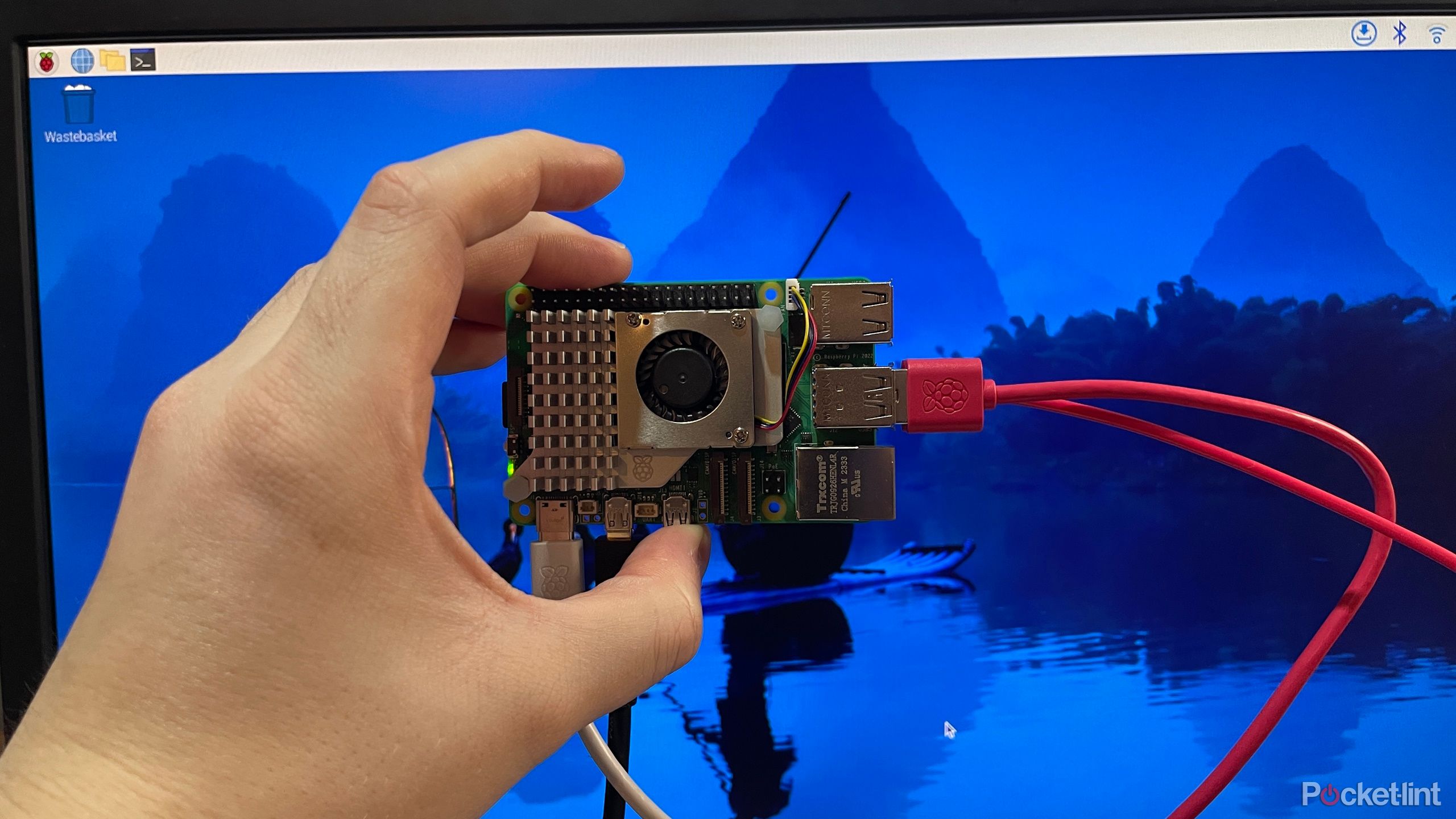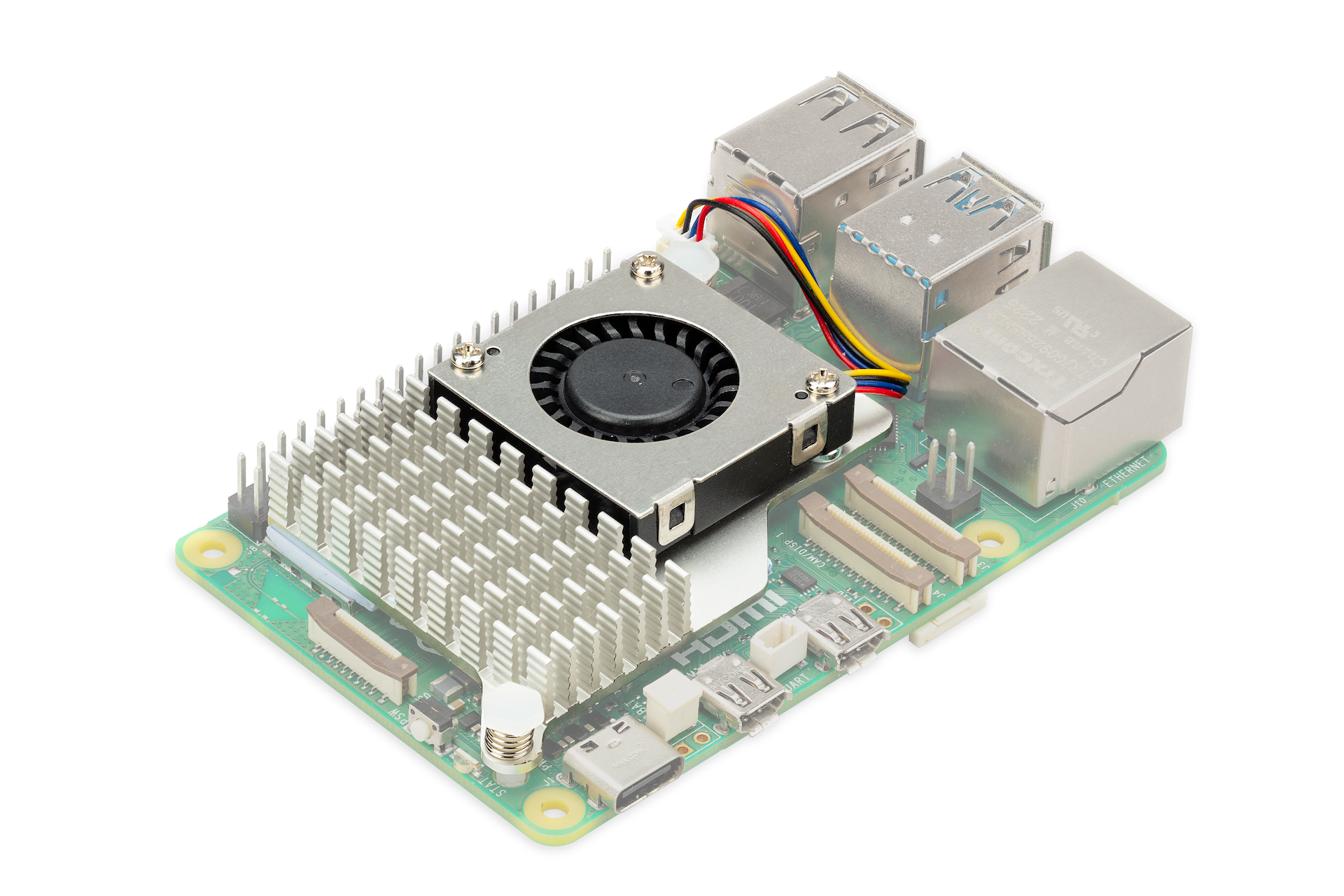Mastering Remote SSH On Raspberry Pi Behind Router Using Windows 10
So, you've got yourself a Raspberry Pi and you're all set to explore its capabilities. But here's the thing—what if you want to access it remotely while it's tucked behind a router? Yeah, we've all been there. Remote SSH Raspberry Pi behind router Windows 10 is totally doable, but it can feel like solving a puzzle if you don't know where to start. Lucky for you, this guide breaks it down step by step so you can get it up and running in no time.
Think about it—remote access gives you superpowers. You can control your Pi from anywhere, whether you're at home or miles away. It’s like having a little server in your pocket. This article dives deep into how you can set up SSH on your Raspberry Pi, even when it's behind a router, using Windows 10. No more excuses about being tied to your desk!
Now, let's get one thing straight—this isn’t just some random tech guide. We’re talking real-world solutions here. By the time you finish reading, you'll not only know how to SSH into your Raspberry Pi but also how to troubleshoot common issues that might pop up. Ready to level up your tech game? Let’s dive in!
- Unleashing The Magic Of Uiiu Movies Your Ultimate Guide
- Unveiling The Mysteries Of Stars 914 A Journey Through The Cosmos
Table of Contents
What is SSH and Why Does It Matter?
Setting Up Your Raspberry Pi for Remote Access
Configuring Your Router for SSH
- Whitney Wisconsin Death Unraveling The Truth Behind The Headlines
- Sone 436 Genre Plot A Deep Dive Into The World Of Cinematic Brilliance
Using Windows 10 to SSH Into Your Raspberry Pi
Dynamic DNS: The Missing Piece
What is SSH and Why Does It Matter?
Let’s start with the basics. SSH stands for Secure Shell, and it’s basically your golden ticket to securely accessing and managing remote devices. Think of it as a secret tunnel that lets you communicate with your Raspberry Pi from anywhere in the world. But here’s the kicker—it’s encrypted, which means your data stays safe from prying eyes.
When you’re dealing with remote SSH Raspberry Pi behind router Windows 10, SSH becomes your best friend. It allows you to control your Pi without needing physical access, making it perfect for projects like home automation, media servers, or even running a web server.
How SSH Works
SSH works by creating a secure connection between two devices over a network. On one end, you’ve got your Raspberry Pi acting as the server. On the other, you’ve got your Windows 10 machine acting as the client. Once the connection is established, you can execute commands, transfer files, and manage your Pi remotely.
Setting Up Your Raspberry Pi for Remote Access
Before you can SSH into your Raspberry Pi, you need to make sure it’s properly configured. Here’s how you can set it up:
Step 1: Enable SSH on Your Raspberry Pi
Enabling SSH is super easy. Just follow these steps:
- Power on your Raspberry Pi and log in.
- Open the terminal and type
sudo raspi-config. - Use the arrow keys to navigate to "Interfacing Options" and press Enter.
- Select "SSH" and enable it.
- Reboot your Pi by typing
sudo reboot.
Step 2: Find Your Pi’s IP Address
To connect to your Pi, you’ll need its IP address. You can find it by typing ifconfig in the terminal. Look for the "inet" address under the wlan0 or eth0 section. That’s your Pi’s local IP address.
Configuring Your Router for SSH
Now that your Pi is ready, it’s time to configure your router. This step is crucial because your router acts as a gatekeeper for incoming connections. Without proper configuration, you won’t be able to SSH into your Pi from outside your local network.
Port Forwarding: The Key to Remote Access
Port forwarding tells your router which device to send incoming SSH requests to. Here’s how to set it up:
- Log in to your router’s admin interface. Usually, you can do this by typing
192.168.0.1or192.168.1.1in your browser. - Find the port forwarding section. It might be under "Advanced" or "NAT/Port Forwarding."
- Create a new rule and set the external port to 22 (the default SSH port).
- Set the internal IP address to your Raspberry Pi’s local IP address.
- Save the changes and reboot your router.
Using Windows 10 to SSH Into Your Raspberry Pi
Windows 10 comes with built-in SSH support, so you don’t need any fancy software. Here’s how to connect:
- Open the Command Prompt or PowerShell on your Windows 10 machine.
- Type
ssh pi@your_pi_ip_address. Replace "your_pi_ip_address" with the actual IP address of your Pi. - When prompted, enter the password for your Pi’s user account.
And just like that, you’re connected! You can now execute commands and manage your Pi remotely.
Understanding Port Forwarding
Port forwarding might sound intimidating, but it’s actually pretty straightforward. It’s like giving your Raspberry Pi a VIP pass to the internet. By forwarding port 22 to your Pi’s local IP address, you’re telling your router to send all SSH traffic to your Pi.
Here’s why it matters: without port forwarding, your router won’t know where to send incoming SSH requests. This is especially important when you’re trying to access your Pi from outside your local network.
Best Practices for Port Forwarding
- Use static IP addresses for your Pi to avoid conflicts.
- Choose a non-standard port number if you’re concerned about security.
- Regularly check your router’s settings to ensure everything is working as expected.
Dynamic DNS: The Missing Piece
If you want to access your Raspberry Pi from anywhere in the world, you’ll need a way to keep track of your public IP address. That’s where dynamic DNS (DDNS) comes in. DDNS automatically updates your domain name to match your changing IP address, so you can always connect to your Pi.
There are plenty of free DDNS services out there, like No-IP or DuckDNS. Just sign up, configure your Pi to use the service, and you’re good to go.
Security Tips for Remote SSH
Security should always be a top priority when setting up remote access. Here are a few tips to keep your Pi safe:
- Change the default SSH port to something less obvious.
- Use strong passwords or, better yet, SSH keys for authentication.
- Enable two-factor authentication if possible.
- Regularly update your Pi’s software to patch security vulnerabilities.
Why Security Matters
Imagine this—you leave your front door unlocked and go on vacation. Pretty soon, someone’s going to walk in and take what they want. The same goes for your Raspberry Pi. If you don’t secure it properly, hackers could gain access and cause all sorts of trouble.
Troubleshooting Common Issues
Even the best-laid plans can hit a snag. Here are some common issues you might encounter and how to fix them:
- Can’t Connect to Pi: Double-check your IP address and port forwarding settings.
- Connection Timeout: Make sure your router isn’t blocking incoming connections.
- Authentication Failed: Verify your username and password are correct.
Automating Your SSH Setup
Once you’ve got everything working, you can automate your SSH setup to save time. For example, you can use scripts to automate port forwarding or set up a cron job to update your DDNS regularly.
Automation isn’t just for convenience—it also helps ensure your setup stays secure and reliable over time.
Wrapping It All Up
Remote SSH Raspberry Pi behind router Windows 10 might sound complicated, but with the right steps, it’s totally achievable. From enabling SSH on your Pi to configuring your router and securing your connection, this guide has covered everything you need to know.
So what’s next? Take action! Try setting up SSH on your Raspberry Pi today and see how it transforms the way you work. And don’t forget to share your experience in the comments below. Your feedback helps us improve and create even better content for you!
Happy tinkering, and remember—technology is all about solving problems. Keep learning, keep exploring, and most importantly, keep building!
- Kinsey Schofield Husband The Inside Story Youve Been Waiting For
- 4movierulz Telugu 2024 Your Ultimate Guide To Streaming Telugu Movies

SSH Remote control your Raspberry Pi — Raspberry Pi Official Magazine

Mastering RemoteIoT Behind Router Raspberry Pi A Comprehensive Guide

Mastering RemoteIoT Behind Router Raspberry Pi A Comprehensive Guide